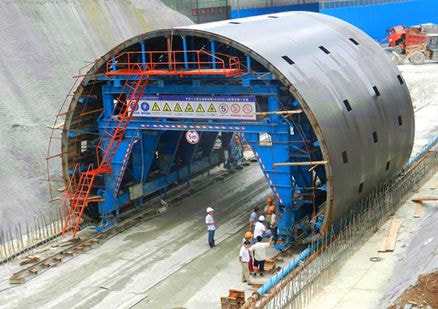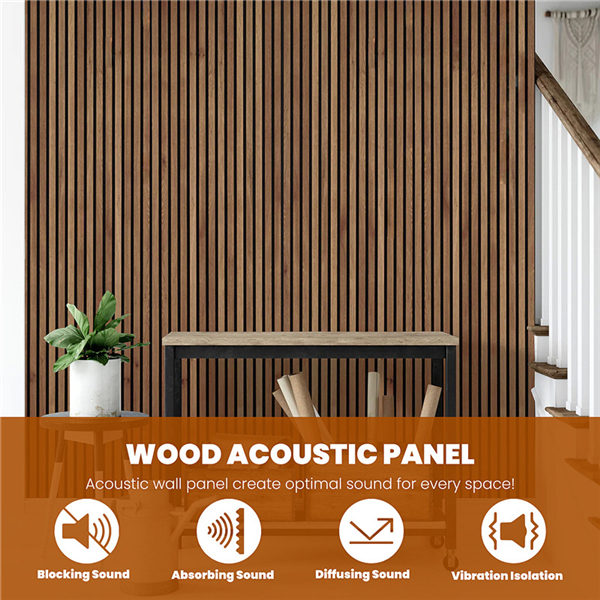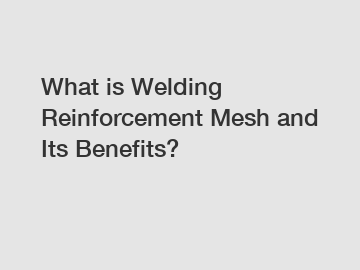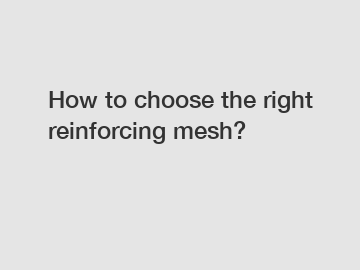What Is the Tunnel Formwork Process?
Jun. 03, 2024
The tunnel formwork process is a construction technique used primarily for the rapid construction of repetitive, cellular structures, such as residential apartments, hotels, dormitories, and barracks. This method integrates both the casting of walls and slabs in a single operation, creating a monolithic structure. Here's an overview of the tunnel formwork process:

Steps in the Tunnel Formwork Process
Site Preparation:
Prepare the construction site by ensuring the foundation is ready.
Set up the necessary utilities and equipment for the formwork and concrete pouring processes.
Formwork Assembly:
Erect the tunnel forms, which are large, reusable steel molds that shape both the walls and the slabs.
Position the tunnel forms according to the architectural design. The forms typically consist of two half-shells that are placed together to form a tunnel-like shape.
Ensure proper alignment and support to maintain the formwork's shape and position during concrete pouring.
Reinforcement Installation:
Place reinforcement steel bars (rebars) within the tunnel forms as per structural design specifications.
Secure the rebars to maintain their position during concrete placement.
Concreting:
Pour concrete into the tunnel forms, ensuring even distribution to avoid voids and honeycombing.
Vibrate the concrete to eliminate air pockets and ensure proper compaction.
Curing:
Allow the concrete to cure while still within the formwork. Proper curing is crucial to achieving the desired strength and durability of the structure.
The curing period typically lasts about 24 hours, depending on the specific concrete mix and ambient conditions.
Explore more:
A Comprehensive Guide to Plastic Ground Cover Mat
What is the Use of Hollow Polycarbonate Sheet
How to Choose Customized Color Coated Aluminum Coil?
Yuanxian Technology & Innovation Trends for 2024
Color Coated Aluminum Coil vs. Traditional Aluminum: Which Reigns Supreme?
How Color Coated Aluminum Coils Redefine Modern Design?
How to Select High-Quality Custom Anti-Scratch Aluminum Coil?Formwork Removal:
Once the concrete has gained sufficient strength, remove the tunnel forms.
Carefully dismantle the forms to avoid damaging the newly cast structure.
Move the formwork to the next section of the structure for the subsequent pour.
Finishing:
Perform any necessary surface finishing work, such as smoothing, leveling, and applying any additional treatments or coatings.
Advantages of the Tunnel Formwork Process
Speed: The method allows for rapid construction, with typical cycle times of 1-2 days per floor, significantly reducing project timelines.
Efficiency: Simultaneous casting of walls and slabs reduces labor and increases productivity.
Quality: The use of precision-engineered forms ensures uniformity and high-quality finishes.
Cost-effectiveness: Reusable steel forms and reduced labor costs contribute to overall cost savings.
Strength and Durability: Monolithic concrete structures offer enhanced structural integrity and longevity.
Applications
The tunnel formwork process is ideal for projects requiring repetitive units, such as:
High-rise residential buildings
Hotels and motels
Student housing and dormitories
Military barracks
Office complexes with modular layouts
By integrating the construction of walls and slabs in a single operation, the tunnel formwork process streamlines construction, improves efficiency, and ensures high-quality, durable structures.
How to Choose Color Coated Aluminum Coils?
Does Weather Stripping Keep Cold Out?
**How effective are 19 Wires Strand Mining Roof Bolts?**
Key Considerations for Selecting 12k7 Gost13840 Components
How to Mine Steel Strand Effectively?
High Glossy Aluminum Coil vs. Standard Aluminum: Which Reigns Supreme?
How to Select Aluminum Tubing for Camping Gear?
186
0
0
Next: None
Related Articles









Comments
All Comments (0)